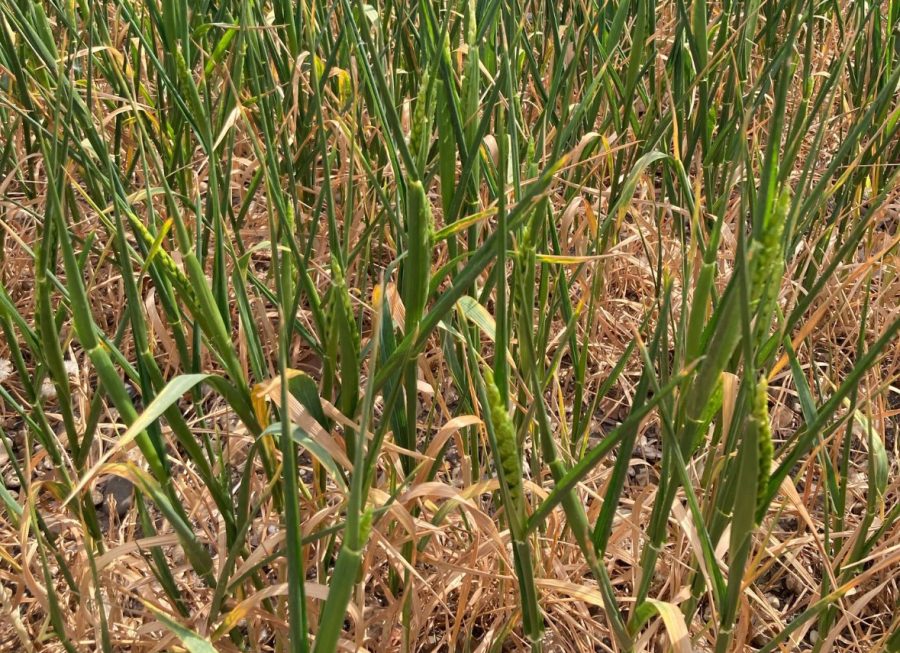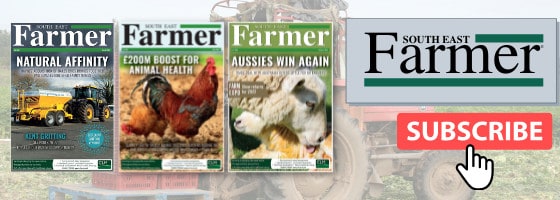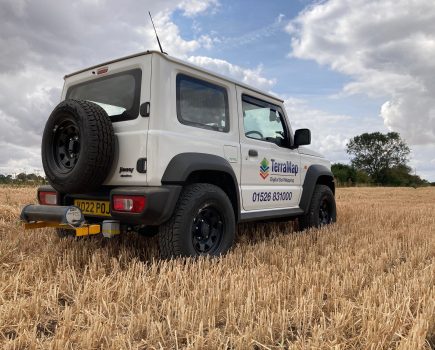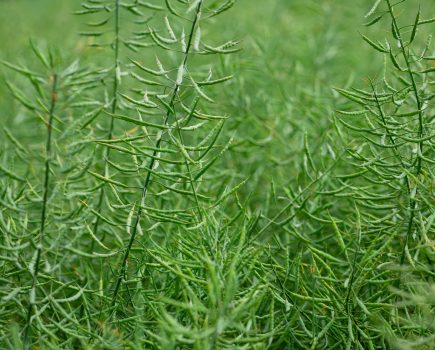Last season agronomists were focused on trying to grow and protect crops from arguably the highest spring septoria pressure seen during most of their careers. It is quite remarkable how two springs can be so hugely different.
With the cold dry start followed by little to no rain for many across the region all the way through the main crop growth period, the challenge this year has been how growers can trim back fungicide spend. After the challenging autumn establishment conditions and prolonged drought, crop yield potential has decreased significantly.
A major review of the Recommended List started in 2022. This has led to greater scrutiny on varieties rather than looking at the headline fungicide treated yield. New target specifications for disease must now be met by candidate varieties, which is a move in the right direction. New varieties must show a blend of positive traits that compare favourably against those varieties already recommended.
What is promising to see is the introduction of a new group 1 milling wheat variety called KWS Vibe. It is only two to three per cent off the highest yielding group 1, KWS Zyatt, but with better septoria resistance and a significant step up in yellow rust resistance.
Limited data suggests a high inherent protein content, with sound Hagberg and spec weight. UK Flour Millers has confirmed the variety has fully met the baking requirements after three years of testing, so this is likely to feature strongly for this coming autumn.
There are three new varieties of interest coming into the group 2 sector: KWS Arnie, with a high headline yield, particularly in the east, and KWS Equipe, a faster developing type so a natural replacement to the popular KWS Extase but with a higher untreated yield and grain quality suitable for export opportunities. LG Shergar, from Limagrain, looks to be yielding similarly to KWS Extase in trials, with strong standing power and very high spec weight.
For feed wheat growers, KWS Scope offers high yield and a reasonably strong range of disease resistance, with added blossom midge resistance. Very limited data at the moment indicates a high yield when sown early (before 25 September), but this must be weighed against the added pressure this would put on disease resistance. Drilling that early could easily push the current rating of 6.5 for septoria below 6 in a high-pressure year.
Going forward we will be keeping an eye on the ever-shifting strains of yellow rust. Some varieties rated 8 or 9 for this disease have been showing symptoms, particularly in the north east of England.
If these new or evolved races become dominant, we will see ratings on the Recommended List changing significantly. The good news for now is that the race is still controllable by tebuconazole. This does mean that any varietal rating for yellow rust must be treated with reserve, and careful in-season monitoring in the field is still required.
By Howard Nason, director at Crop Advisors working in conjunction with Chichester Crop Consultants.
For more like this, sign up for the FREE South East Farmer e-newsletter here and receive all the latest farming news, reviews and insight straight to your inbox.







